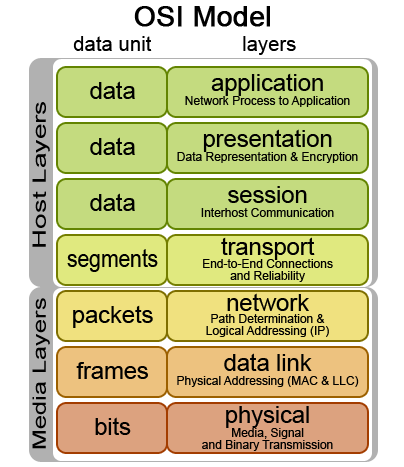
For my second semester of Junior independent work, I thought I'd do something a little different than what I'd done previously. Namely, working with Professor Michael Gordin in Princeton's outstanding History of Science department, I decided to do a more historical and in-dept look into the current state of encryption on the Internet. This has been a topic that has interested me for a long time - why is internet security so hard? It seems like, with so many smart people and big companies working with the same goals,
From what I could tell, there is a fairly obvious and clear place for widespread encryption in the network stack - the kind of place you'd put your encryption/decryption mechanism if you wanted to enable secure connections by default, without the application itself needing to worry about the details and verifying public keys, etc. There was also a moment of opportunity, in the early '70s, when TCP/IP was being developed (primarily by Vint Cerf and Robert Khan at Stanford), which would have been perfect for the idea of low-level encryption to take hold and gain widespread adoptation. Unfortunately, the window was missed; instead, we now have a hodge-podge of application-level security solutions, with so many different implementations of the security protocols that finding new bugs becomes a never-ending arms race with malicious programmers.
It was a great way to try something a little different in terms of independent work, and Professor Gordin was a great advisor who was willing to listen to my rambling monologues without complaint while I refined my ideas and overal thesis. Learning to read and understand RFCs was a great experience as well, and since I was doing this research along side taking a Networks class (which also required reading RFCs, for the purpose of implementing some lower-level protocols in C yourself) the timing worked out well. The paper itself can be obtained here, and the poster I designed to present my project to the CS department at Princeton can be found here.